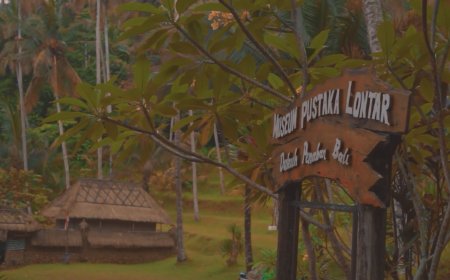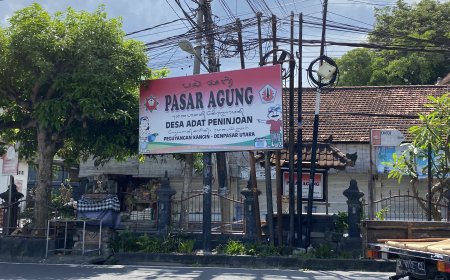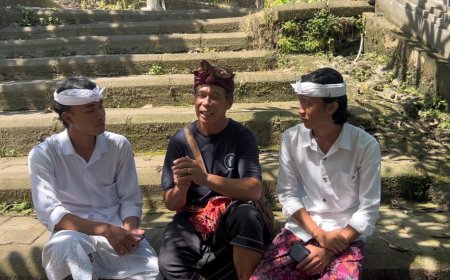Pande Belawan: Exploring Traditional Heritage in Abiansemal Village
Abiansemal Village, located in the Badung regency of Bali, Indonesia, is home to various remarkable local wisdom. One of these local wisdoms in the village, especially in the Belawan district, is blacksmithing (Pande Besi). Blacksmithing here isn't just a way to make a living; it's also an inseparable part of the culture. In this article, we will explore how the local wisdom of blacksmithing in Abiansemal Village, Bali, has become an integral part of the community's life and how they are working to preserve it.
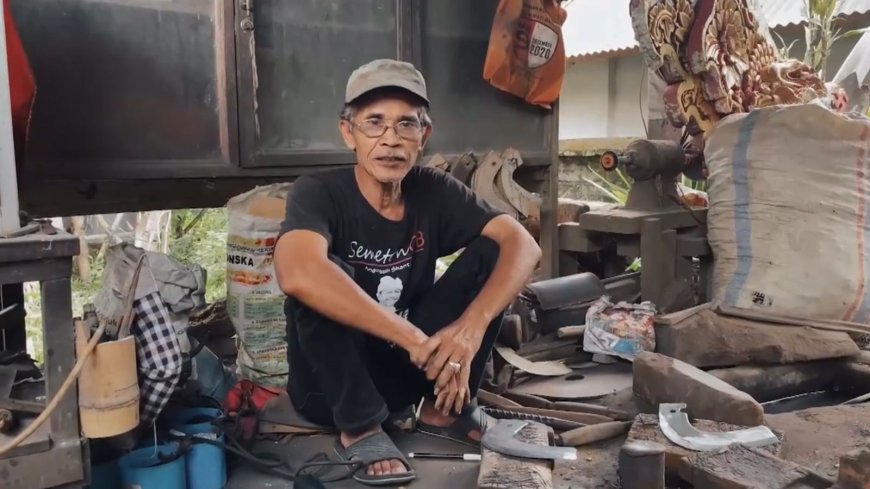
To delve deeper into the origins of the Pande (blacksmith) community in the past, we rely on archaeological evidence related to the tools used by people in ancient times to meet their daily needs. In ancient times, the Pande community was considered a unique group of people with specialized skills and techniques. Only the Pande people had the ability to create metal tools, reflecting the beginning of the metal age.
The arrival of the Pande people in Bali occurred from various regions in Indonesia, and they divided into four groups in Bali, namely in the villages of Besakih, Renon, Tamblingan, and Pejeng. During the Gelgel era, the Pande people moved to new villages that did not have any Pande residents at the orders of the rulers. This process continued until it eventually reached Abiansemal Village. The spread of Pande residents in Abiansemal began with the arrival of Pande people from Renon, followed by a group from Tamblingan and Pejeng villages.
As time passed, many Pande residents did not continue their lives as craftsmen, and it became challenging to find blacksmiths in every village. However, the Pande residents in Abiansemal have managed to preserve their cultural heritage and traditions admirably. We also conducted a brief interview with one of the blacksmiths in Belawan sub-village, Abiansemal.
Question: What do you think makes this blacksmithing art so important to preserve and promote?
According to Mr. Made Gundala: "Blacksmithing art is a window to our culture and heritage. It's how we preserve the values of our ancestors and pass them on to future generations. Moreover, it's a source of livelihood for many people in this village. Through this art, we sustain our lives and contribute to the local economy."
Question: Are there any specific challenges in preserving blacksmithing art in this modern era?
According to Mr. Made Gundala: "Yes, there are challenges, of course. In a rapidly changing world, many young people are tempted to abandon this traditional art in favor of financially more lucrative jobs. But we are committed to keeping this art alive and relevant."
Question: What are your hopes for the future of blacksmithing art in Abiansemal?
Made Gundala: "My hope is for blacksmithing art to continue thriving and evolving. I want to see our younger generation interested in learning this art and carrying it forward. I also hope to create more opportunities for young blacksmiths to earn a decent income from this art. Finally, I wish to see our products reach a broader market, both within and beyond Bali."
In the interview with Mr. Made Suteja, a blacksmith in Belawan, we understand the importance of this art in preserving the village's identity and providing livelihoods to its people. His hope is for blacksmithing art to continue to grow and be passed down to future generations.
The process of making ironwork in Abiansemal Village combines traditional skills and modern techniques. The steps in its creation are as follows:
-
Material Selection: First, the craftsmen carefully select the iron material to be used in creating their artwork. This material can be either recycled old iron or new iron.
-
Material Processing: The iron is heated to high temperatures and forged to shape it according to the desired design. This process requires special skills and precision.
-
Carving and Decoration: Pande blacksmiths in Abiansemal often carve and adorn their works with traditional Balinese motifs rich in symbolism, adding a high artistic value to each piece.
-
Coloring and Finishing: Some ironwork pieces in Abiansemal are adorned with vibrant and beautiful colors. The coloring is done meticulously to create stunning visual effects.
The craftsmanship produced by blacksmiths in Belawan sub-village is renowned for its strength and durability, artistic beauty, and meticulous attention to small details. Here are some examples of simple blacksmithing crafts from Belawan.
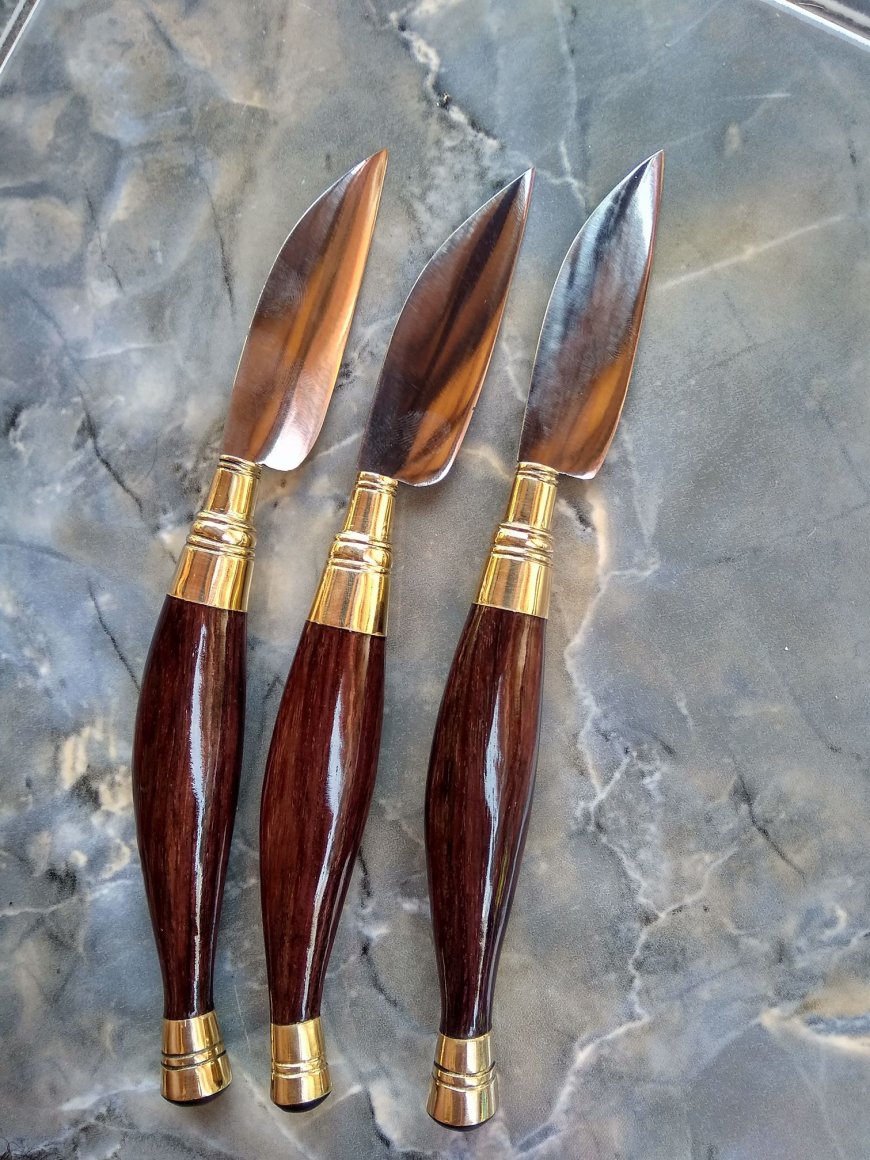
Handicraft (Sumber Photo : Koleksi Redaksi)
The local wisdom of blacksmithing art in Abiansemal Village, Bali, is a real-life example of how traditional culture can coexist with the modern world. Blacksmiths in Abiansemal Village, Bali, are shining examples of how local wisdom can be an integral part of culture and the economy. By preserving this culture, the Abiansemal community, especially the banjar Belawan, not only preserves their cultural heritage but also creates sustainable and attractive livelihoods for visitors. Hopefully, the art of blacksmithing in Abiansemal Village will continue to thrive and inspire future generations to preserve this precious Balinese local wisdom.



















































